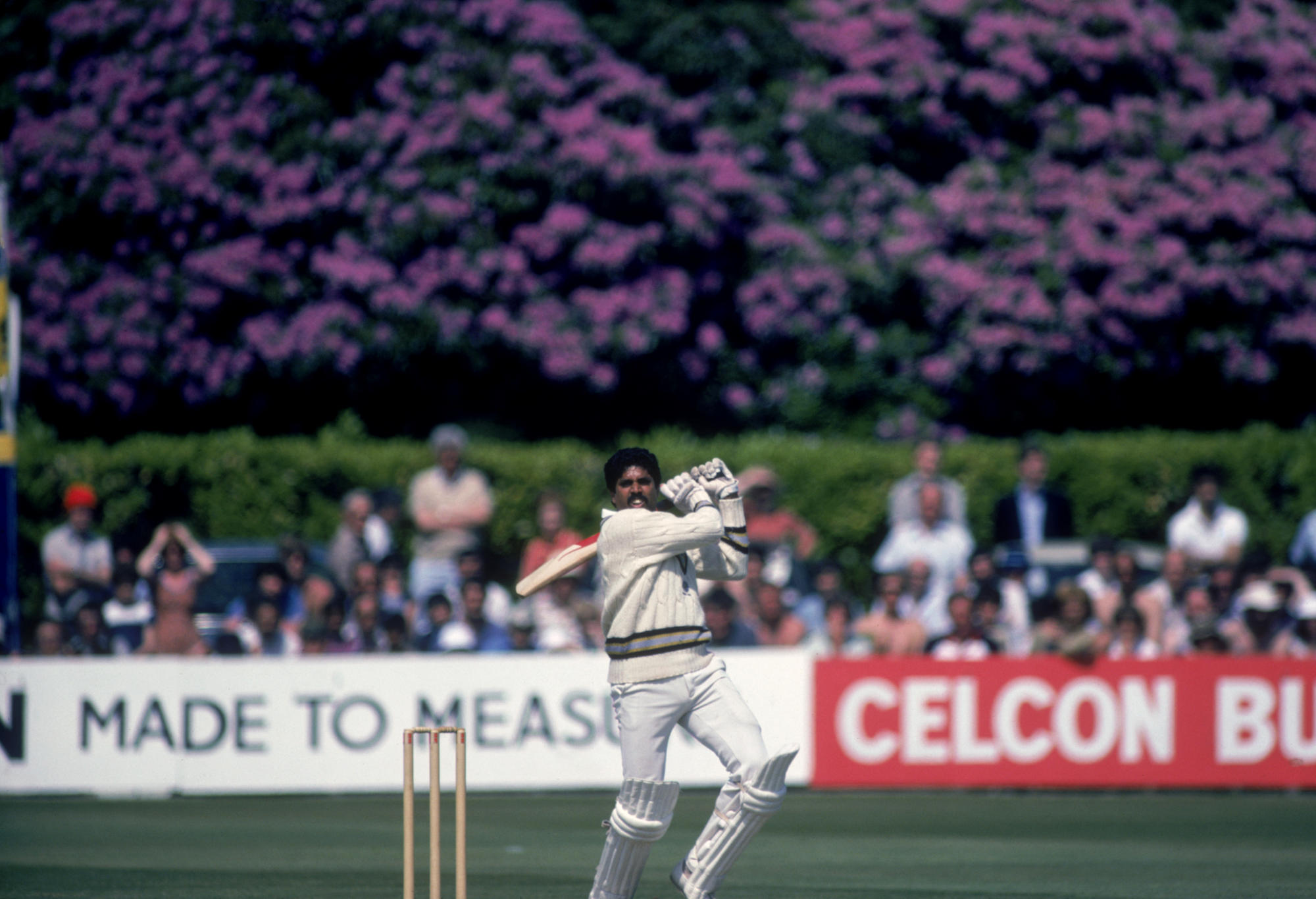There is no greater compliment to give a modern-day fast bowler than to say they wouldn’t look out of place in the West Indies’ four-pronged pace attack of the 1980s.
Jasprit Bumrah is from Ahmedabad in India’s west and he has all the hallmarks of the West Indian legends of yesteryear who took great delight in bringing the world’s best batters to their knees.
The 30-year-old plays the game with a smile on his face.
There’s no need for him to fake a tough guy demeanour – he lets his actions strike fear in the hearts of batters.
Like Joel Garner and Courtney Walsh, these are the kinds of fast bowlers who can be the most dangerous. They don’t even seem to care that they are a menacing machine from 22 yards with a shiny new ball in their hand.
As long as they do their job and get results, they’re satisfied.
Even when Vitat Kohli botched a golden chance to get rid of Marnus Labuschagne before he had scored in the first innings, Bumrah saw the funny side of the missed opportunity, throwing his head back in laughter after KL Rahul ran towards him in a misguided celebration.
A couple of overs later he worked over Usman Khawaja to have him nicking off and then trapped Steve Smith next ball.
Bumrah deservedly won player of the match honours after the first Test in Perth even though young gun Yashasvi Jaiwal stroked a brilliant 161 and Kohli returned to his best with an unbeaten ton.
The stand-in skipper snared 8-72 for the match, including his first innings haul of 5-30 which was one of the finest displays of fast bowling from a touring player on Australian soil in many years.
Australia’s batters are probably already losing sleep over the prospect of facing Bumrah in a day-nighter at Adelaide next Friday with a pink ball likely to do more in the air and off the pitch once it leaves his right hand.

Nathan McSweeney is dismissed lbw by Jasprit Bumrah. (Photo by Cameron Spencer/Getty Images)
But what should further disrupt their nocturnal hours is the fact that Bumrah underbowled himself in Perth, sending down just 12 overs in the second innings.
After losing 3-12 before stumps on day three in pursuit of an unattainable victory target of 534, Bumrah gave debutants Harshit Rana and Nitish Kumar Reddy an invaluable chance to find their feet at Test level.
Bumrah brought himself back on when Travis Head and Mitchell Marsh combined for an 82-run partnership in the middle order and promptly removed the South Australian left-hander 11 runs shy of what would have been a counter-attacking century.
And then he stepped back out of the spotlight to keep himself fresh for the next four Tests.
Even with Mohammed Shami a chance to return early mid-series from a groin injury, India need Bumrah to be spearheading their attack throughout the remaining four matches to ensure they retain the Border-Gavaskar Trophy for a fifth straight occasion.
There is also the matter of qualifying for the World Test Championship final – they need a winning margin of four Down Under to guarantee a spot in next year’s decider and that seemed fanciful leading into the series after their 3-0 home whitewash at the hands of New Zealand.
But after their 295-run flogging of the Aussies at Optus Stadium, they should fancy their chances of annihilating Pat Cummins’ side by such a hefty margin.
Bumrah’s record is world class – 181 wickets from 41 Tests at an average of 20.06.

India’s greatest all-rounder Kapil Dev. (Photo by Trevor Jones/Getty Images)
He has one of the lowest bowling averages in Test cricket history – if you set the qualifying mark at 100 wickets, you have to go back as far as English legend Sydney Barnes who retired in 1914 to find someone who conceded fewer runs per wicket.
Bumrah has 11 five-wicket hauls, a superb strike rate of 43.6 and an economy rate of 2.75 which is excellent by 2024 standards.
He’s easily the best fast bowler his nation has produced since Kapil Dev and the only question remaining over the rest of his career is will he overtake India’s 1983 World Cup icon as the greatest of all time.
At the same stage of his career, Kapil had 157 wickets at 29.42 before going on to play 90 more Tests before retiring in 1994 as the world record holder for most dismissals at 431, which he held for another six years before Walsh surged ahead on his way to 519.
To overtake Kapil as India’s most prolific pace bowler, Bumrah would have to maintain his current rate and play 98 Tests, which is not out of the realms of possibility for modern-day quicks although his T20 and ODI workload could hamper his chances.
With 40 wickets from eight Tests at 18.86 in Australia, Bumrah is in his element and his place in Indian cricket folklore will be the furthest thing from the minds of the local batters at Adelaide Oval.
They know his action is ungainly and unorthodox, and all their sports science analytics point out how his release point is closer than most bowlers so the ball hurries onto the batter.

Marnus Labuschagne is dismissed LBW. (Photo by Cameron Spencer/Getty Images)
“He runs in so slow and you think this guy could bowl 120km/h but he’s bowling 135 and then he has a quick ball that’s 150 – and he releases the ball further forward than every other bowler in the world,” Marnus Labuschagne told cricket.com.au before the first Test.
That’s the same Marnus Labuschagne who was trapped in front by Bumrah after mistakenly shouldering arms to an off-cutter in Australia’s horror second innings session late on day three.
It’s one thing knowing what’s coming, it’s another thing stopping it.

